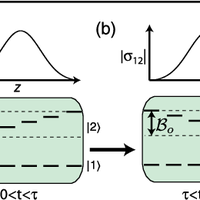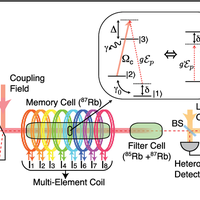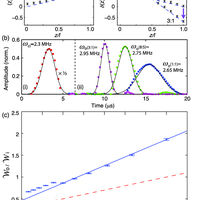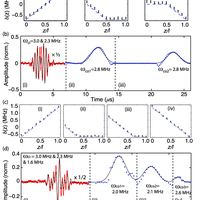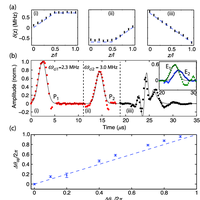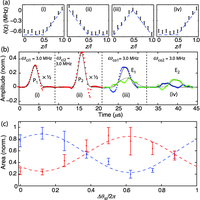Abstract
The ability to coherently spectrally manipulate quantum information has the potential to improve qubit rates across quantum channels and find applications in optical quantum computing. Here we present experiments that use a multi-element solenoid combined with the three-level gradient echo memory scheme to perform precision spectral manipulation of optical pulses. If applied in a quantum information network, these operations would enable frequency-based multiplexing of qubits.
Figures
Author supplied keywords
Register to see more suggestions
Mendeley helps you to discover research relevant for your work.
Cite
CITATION STYLE
Sparkes, B. M., Cairns, C., Hosseini, M., Higginbottom, D., Campbell, G. T., Lam, P. K., & Buchler, B. C. (2014). Precision spectral manipulation: A demonstration using a coherent optical memory. In AIP Conference Proceedings (Vol. 1633, pp. 270–272). American Institute of Physics Inc. https://doi.org/10.1063/1.4903159

